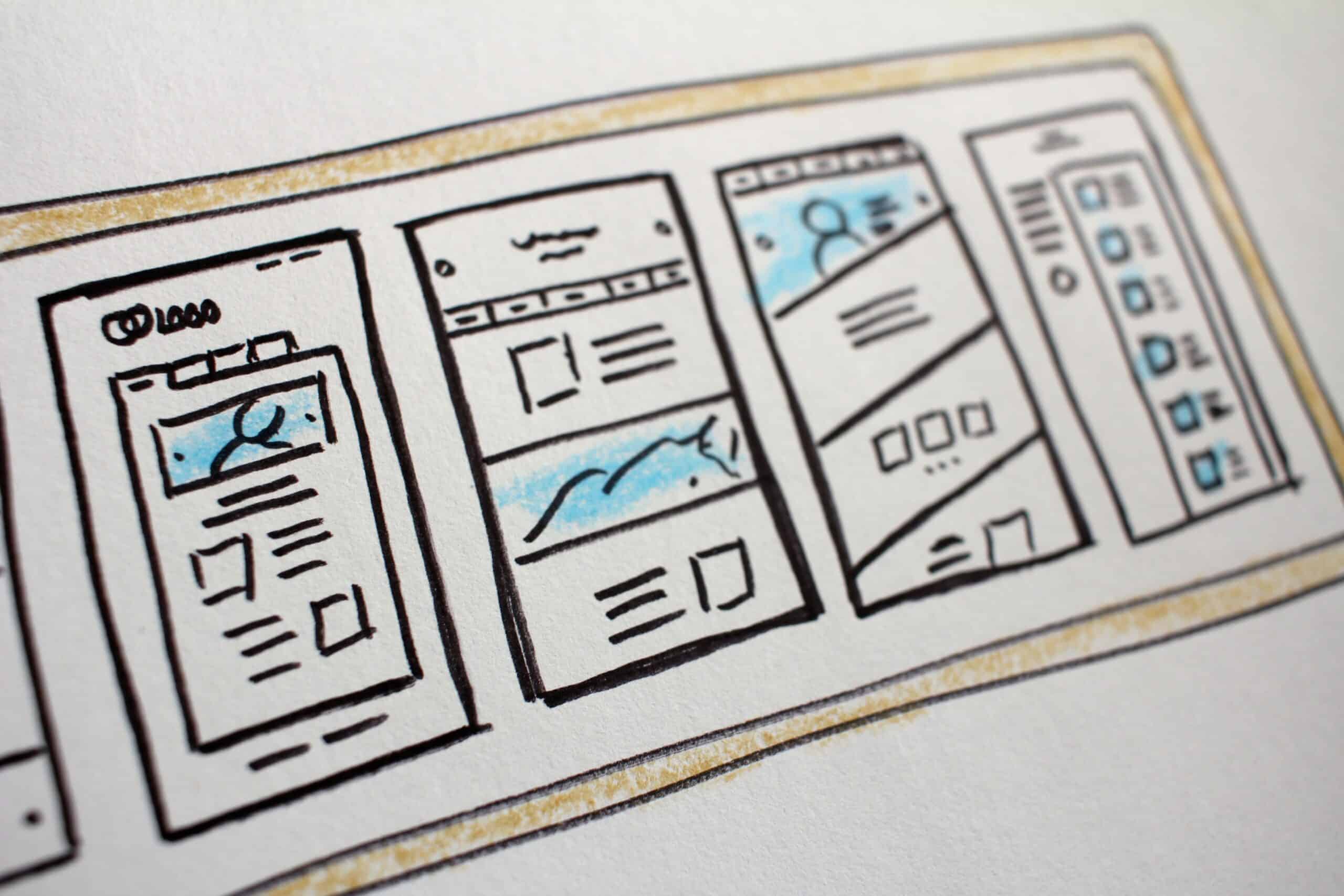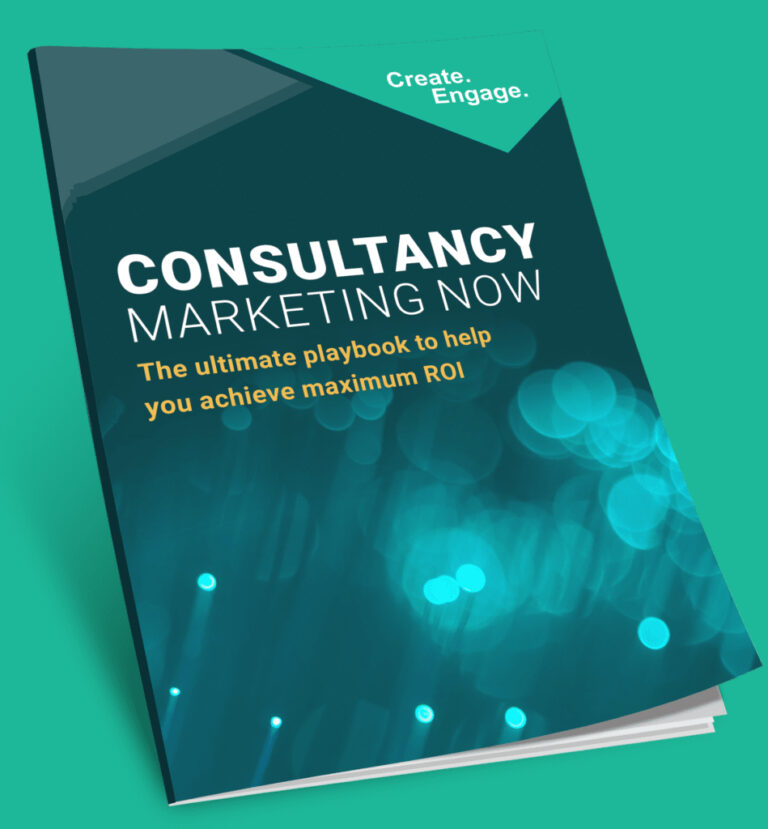Whether you’ve done one yourself or seen your competitors launch one, you probably recognise the importance of an impactful digital marketing campaign.
But when it comes to your next campaign, what steps can you take to increase the chances of success? And in a world of multiplying marketing tools and platforms, how do you know where to start when it comes to creating content that really hits the spot?
That’s what we’re here to answer.
Start at the end
Every good marketing campaign needs a goal. What does success look like? Whether it’s an avalanche of leads, interactions with certain people in specific companies, an engaged community or greater brand awareness, defining what you’re aiming for will give you a target to focus on.
In other words, by clarifying what you want to achieve first, it will ensure your campaign delivers the results you want. Because different goals require different tactics and approaches. Plus your goals may be different depending on where you are in your digital marketing journey.
With that in mind, let’s take a closer look at two of the common marketing goals that our clients ask us to focus on and the type of campaign content that will best help you achieve them.
Awareness
If you’re new to marketing or have a new proposition to talk about, it’s likely that your focus will be on raising your consultancy’s profile more broadly across your sector. This is a logical starting point and often the first port of call for clients that we work with.
If this is something that you’re trying to achieve, here’s three types of content to try:
Blogs – Longer form written content will give you the opportunity to demonstrate your knowledge and build your reputation as a thought leader in your relevant sector. By discussing issues that are furrowing your audiences’ brows and showing you have solutions, you’ll become a trusted source of expert opinion. Making it more likely they’ll turn to you when they need the kind of service you offer.
Videos – This provides similar value to a blog, but with a more human touch. Perhaps you have a new service or new colleague you want to raise the profile of, this is a good way to do it while showing what your consultancy offers. Videos don’t need to belong, a two-minute discussion of a pressing topic of concern is enough to keep you uppermost in people’s minds. If you want to uncover some best practices when it comes to video, we wrote about it in this blog.
LinkedIn content – Posting on social media isn’t necessarily the top priority in a busy consultancy. But doing it regularly on LinkedIn is a brilliant way to connect with your audience. It’s a virtuous circle, the more you do it the more the LinkedIn algorithm will promote your content. For some pointers on what to share, we’ve put together a handy guide on how to write a LinkedIn post.
Lead generation
Once you’ve built awareness and prospective clients are starting to take notice, it’s time to turn that awareness into lead generation.
Understandably lead generation is often the main focus for many consultancies. You want to see a concrete return on your marketing investment and that means turning those new connections into new business conversations.
If this is where you are, here are three great ideas to help you build a lead generating campaign.
Webinars – This is a brilliant way to give potential clients a glimpse of the expertise you offer in an interactive setting. It’s also a good way to introduce you and your colleagues, so people can see who they might be working with and connect with them on a human. Importantly, by encouraging people to sign up to watch, you’ll capture their details and be able to follow up after the event, even if they don’t turn up to it. You can find out more on how to run a great webinar in this blog.
Gated content – If you write an insightful white paper or eBook on a hot topic, don’t give it away without getting something in return. In this case that means peoples’ contact details. Asking them for simple information such as their name, email address, job title and company before they get access to your content will help you keep track of who’s downloaded it and how to contact them. Giving you a good list of interested prospects to follow up with.
Newsletters – Email may be as old as the hills in digital terms, but it’s still just as effective today as it was 10 years ago. Regularly dropping into people’s inboxes with timely industry news and comment is a great way to keep in touch with them. Now you may be thinking, this sounds more like awareness creation than lead generation and that’s a common mistake that leads many to discount email. Through tools like Mailchimp you can monitor who is regularly engaging with your content and, therefore, who might be worth contacting to arrange a meeting. Identifying valuable leads from your email newsletter.
There’s a running theme in each of these methods and that’s collecting data you can turn into real world opportunities. So if your objective is lead generation, make sure you’re utilising every opportunity to capture your audience’s information.
This is a snapshot of some of the approaches you might want to take with your next campaign and it’s worth adding that these don’t have to be used in isolation! You may want to use several to complement each other, for example, promoting the blogs and videos you’ve made in a newsletter.
At the risk of repeating ourselves, the key is to understand what you want to achieve before you start creating your campaign content. That will help you ensure you create a joined-up campaign, rather than taking a scattergun approach that aims at lots of targets and misses most of them.
Finding the time to do this is often easier said than done and If you need support defining your marketing goals and coming up with a campaign to deliver them, we’d love to help. Get in touch and we can tell you more about each of the approaches in this blog and which might be right for what you’re trying to achieve for your consultancy.



